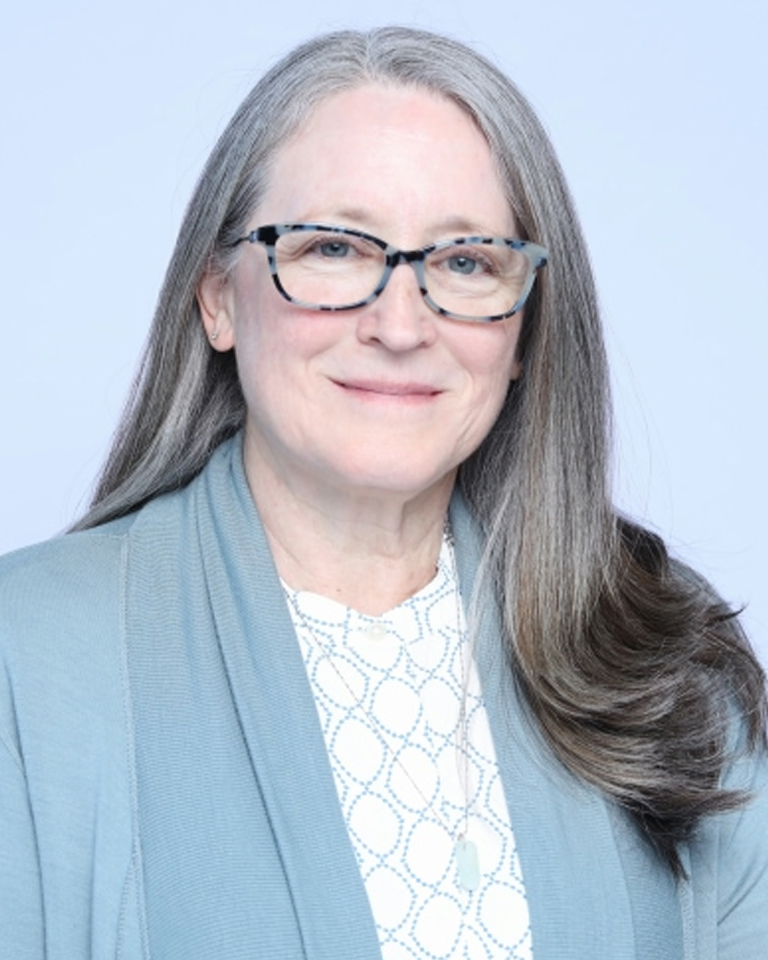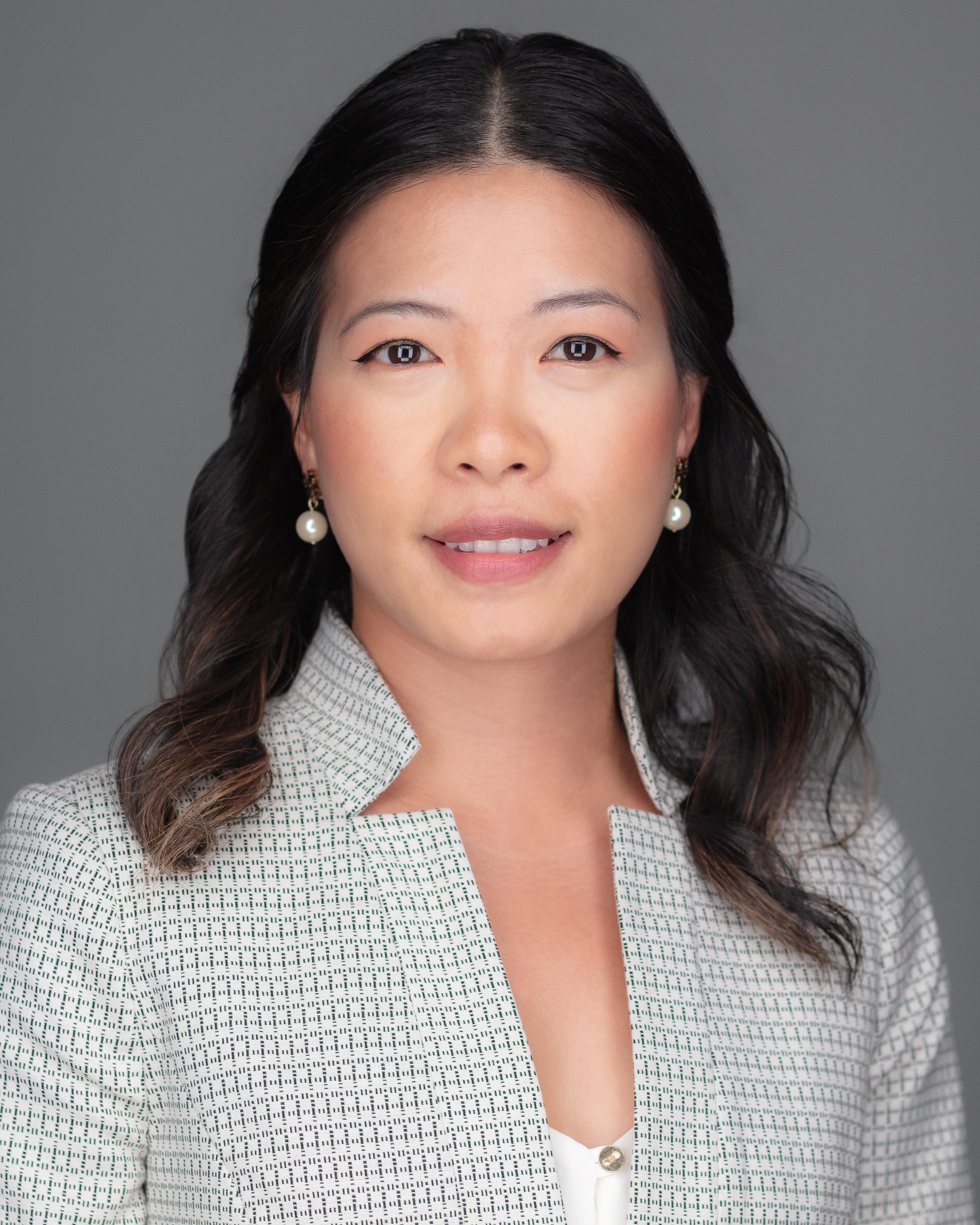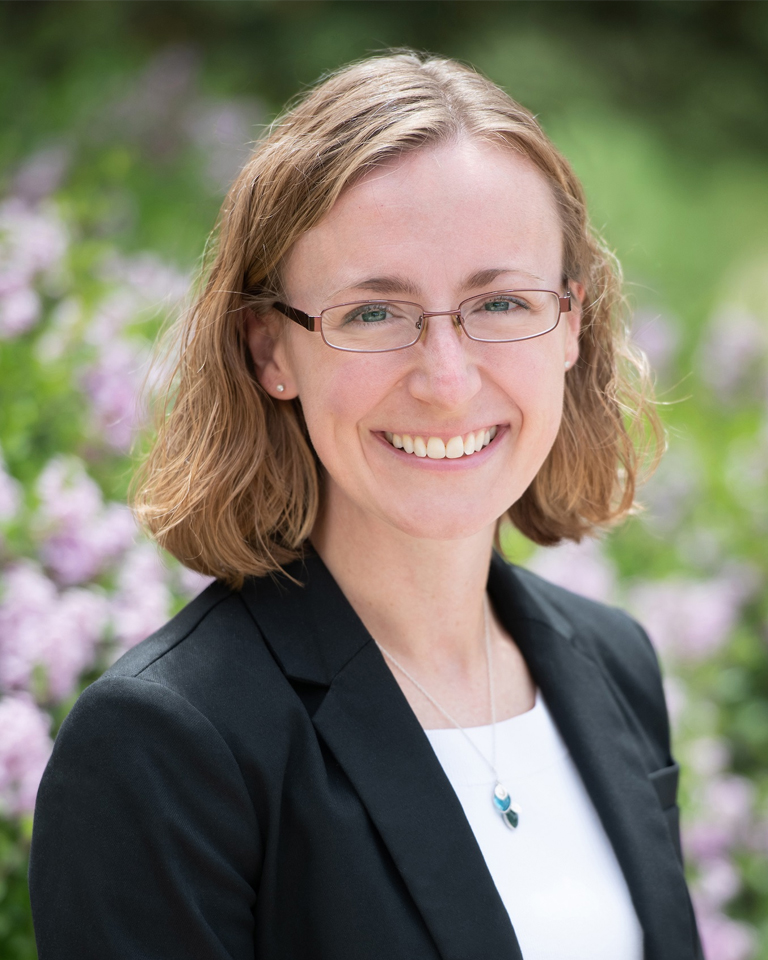Updates in the Management of Follicular Lymphoma: An Advanced Practice Perspective
Part 1: Overview of Follicular Lymphoma, Current Frontline Treatment Landscape, and Case Study Introduction
Susan Woodward, MSN, APRN, AOCNP®, Zanrha Esteban, MPA, PA-C, and Amy Sidorski, MS, ANP-C, provide updates on the current treatment landscape for follicular lymphoma and build on what they previously covered in a discussion that they recorded in late 2023. In this first video, they discuss current frontline treatment options and introduce case studies that will be evaluated in more detail in Part 3.
Chair

Susan Woodward, MSN, APRN, AOCNP®
Moffitt Cancer Center
Faculty

Zanrha Esteban, MPA,
PA-C
Moffitt Cancer Center

Amy Sidorski, MS, ANP-C
Rocky Mountain Cancer Centers
Transcript
Susan Woodward: Welcome to JADPRO's Roundtable discussion on Follicular Lymphoma. This discussion is a companion to the Follicular Lymphoma Roundtable that we recorded in late 2023 with the intent of providing updates on the current landscape of follicular lymphoma and to build on what was previously discussed. My name is Susan Woodward. I'm a nurse practitioner at Moffitt Cancer Center in Tampa, Florida. It's great to be back with my colleagues, Zanrha and Amy.
Zanrha Esteban: Hi, my name is Zanrha Esteban. I am a physician assistant at Moffitt Cancer Center.
Amy Sidorski: Hi, I am Amy Sidorski. I'm a nurse practitioner at Rocky Mountain Cancer Centers out in Colorado.
Susan Woodward: Zanrha and Amy, thank you for joining me today. I thought we could start this roundtable series off by discussing a quick overview of follicular lymphoma as well as the current frontline treatment landscape.
We have a pie chart showing the frequency of various lymphoma subtypes in adults. Of course, the most common non-Hodgkin's lymphoma is diffuse large B-cell lymphoma, which represents about 31% of lymphomas. Under the indolent category of lymphomas, follicular lymphoma is the most common of the low-grade lymphomas. And it represents about 22% of all non-Hodgkin's lymphoma.
Follicular lymphoma has an indolent clinical course, but clinical behavior can be widely variable. It is treatable but not curable with current therapies. Rituximab has significantly improved outcomes over the last two decades. So patients have a good response to initial therapy but with eventual relapses and a shorter duration of response to each subsequent treatment. The current goal of treatment is to delay disease progression and control disease.
The current management approach for untreated follicular lymphoma is initially we want to stage the patient and determine whether they're symptomatic per the GELF criteria. And I did add in the GELF criteria over here on the side of the slide, which includes any nodal or extranodal tumor mass greater than or equal to seven 7 centimeters, greater than or equal to 3 nodal sites, each greater than 3 centimeters. Presence of B symptoms, splenomegaly, vital organ compression, or vital organ compromise. Significant serous effusions, a leukemic presentation, which is greater than 5 x 10^9 and cytopenia's white blood cell count less than 1,000, platelets less than 100,000 or anemia with hemoglobin less than 10 grams.
Looking at a patient with stage 1 or 2 follicular lymphoma, appropriate treatment would be radiation. It can be followed by consolidation with rituximab. For patients with advanced-stage disease—stage 3 or 4—if they have no indication for therapy per the GELF criteria, then observation is appropriate. Single-agent rituximab could also be considered. For advanced stage with an indication for therapy per the GELF criteria, we would offer systemic therapy.
This is a slide presenting the current treatment landscape, per the NCCN guidelines. We have the first-line, second-line, and third-line plus therapies listed. So under high tumor burden in the first line, you can see the options there. Primarily chemoimmunotherapy options for low tumor burden. Again, we can use rituximab single agent. And for the older or infirm patients, you see the options there, including single-agent rituximab.
In the second line, for any tumor burden we have a multitude of options. I'd like to highlight that all of the options on here that are surrounded by a green line are NCCN preferred options. You'll see in the center there, tafasitamab plus R2 was just approved last month, June of 2025, in second-line treatment.
And looking at the third-line plus options, what has been added since our last presentation is the epcoritamab, the lysis cell for a third CAR-T option, zanubrutinib plus obinutuzumab. And there's loncastuximab tesirine plus rituximab, which is on the NCC guidelines, but isn't yet FDA approved. Also, want to note on there that the PI3K treatment copanlisib has been removed from the guidelines since our last presentation.
Clinical pearls, again, rituximab may be appropriate in patients initially observed and with progression of low tumor burden disease not meeting GELF criteria. Again, immediate initial therapy with rituximab in patients not meeting GELF criteria has not improved overall survival. Approximately 15% of patients with follicular lymphoma will undergo histologic transformation during their disease course. And this is associated with rapid progression of lymphadenopathy, infiltration of extra nodal sites, development of systemic symptoms, elevated serum LDH, and often a poor prognosis.
Just want to mention discordance. You may see that on a pathology report. And that indicates the presence of a small B-cell proliferation in the bone marrow in a patient with large-cell involvement in a lymph node. And this denotes transformation to an aggressive phase of the disease.
So, there is a role for rituximab or obinutuzumab maintenance for patients initially presenting with high tumor burden following treatment with chemoimmunotherapy. You can see rituximab would be 375 milligrams per meter squared once every 8 to 12 weeks for 2 years. And the obinutuzumab would be 1 gram once every 8 weeks for 12 doses. If the patient was initially treated with single-agent rituximab, then that can be followed by rituximab maintenance once every 8 weeks for 4 doses.
So in frontline therapy for follicular lymphoma, there are ongoing clinical trials. You'll see there is quite a lot of excitement about bringing bispecific antibodies—which are currently only approved in third-line plus for follicular lymphoma—but trying to bring them to earlier lines of therapy. There's a couple of ongoing arms in the EPCORE NHL-2 trial combining the epcoritamab with upfront treatments. They're also looking at subcutaneous mosunetuzumab in newly diagnosed follicular lymphoma. So, exciting things coming. So I'd like to have Amy introduce the case studies that we'll be exploring in more detail later in our presentation.
Amy Sidorski: Yeah, thank you, Susan. So, we'll just kind of introduce these patients to you. And then we'll talk about them in more detail as we get through the presentation.
Our first case study is ES. He's an 81-year-old male who presented in 2015 with palpable lymphadenopathy. He had a biopsy of an axillary lymph node that revealed low-grade follicular lymphoma, and we employed watchful waiting with him. In 2018, however, his disease had progressed, and he became symptomatic. We did do a bone marrow biopsy at that time, which was positive for involvement with follicular lymphoma. His front-line treatment was 6 cycles of bendamustine and rituximab followed by 2 years of maintenance rituximab, which completed in 2021. And his end-of-treatment CT scans showed that he was in a complete remission.
And then a younger patient, AT. He's a 52-year-old male who was diagnosed with stage 3A follicular lymphoma in 2009 when he presented with abdominal pain and was found to have lymphadenopathy above and below the diaphragm. At that time though, the abdominal pain was not felt to be related to his lymphoma. So, he was able to do a watch and wait approach until 2021 when he had progression of a left lower neck lymph node.
A PET scan from May of 2021 showed diffuse hypermetabolic lymphadenopathy above and below the diaphragm, hypermetabolism in the lateral right orbit. And there was also a comment about some subpleural thickening in the medial right middle lobe that was suspicious for involvement.
He underwent an excisional biopsy of a left lower cervical node in June of 2021, which confirmed follicular lymphoma grade 1/2 and was CD20 positive. He elected to initiate treatment with bendamustine and obinutuzumab in January of '22, for which he received 6 cycles. He then received maintenance obinutuzumab, which completed in May of 2024. His end-of-treatment PET scan showed a Deauville 2CR.
Susan Woodward: This brings us to the end of this part of the discussion. We'll pick up in the next video discussing relapsed/refractory lymphoma in the second-line setting as well as in the third-line and beyond setting. Zanrha and Amy, thank you again for taking time to talk with me today. For more information and to view our other discussions on follicular lymphoma, please visit JADPRO online at jadpro.com.

